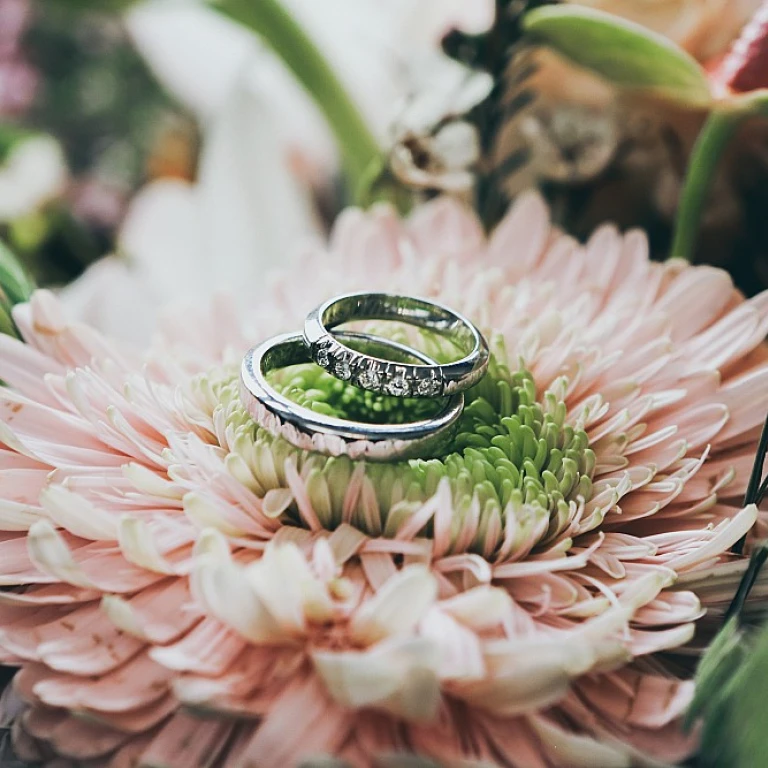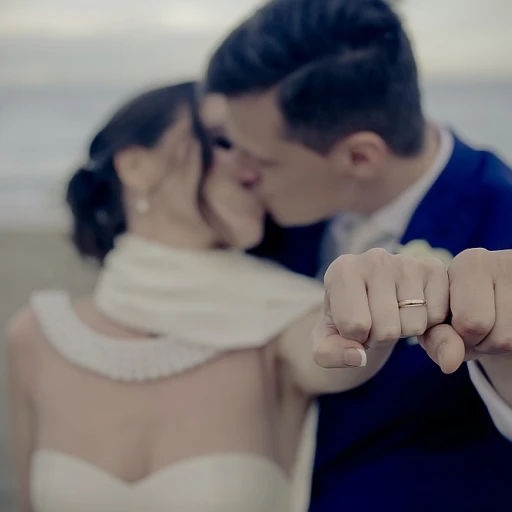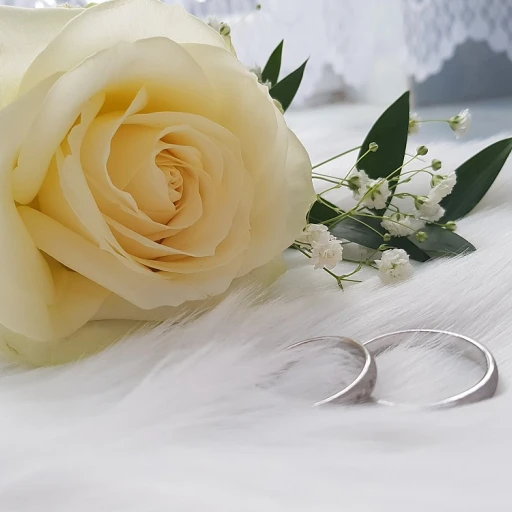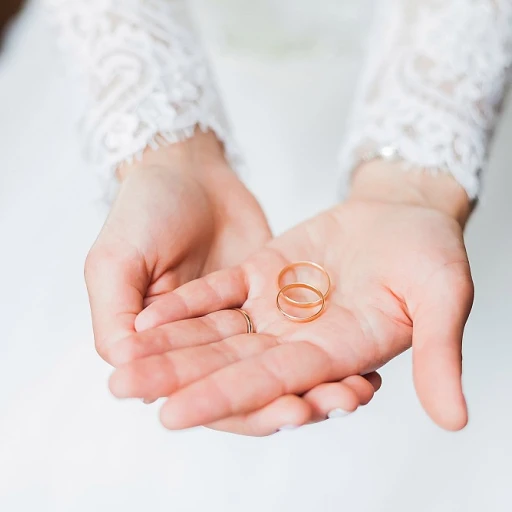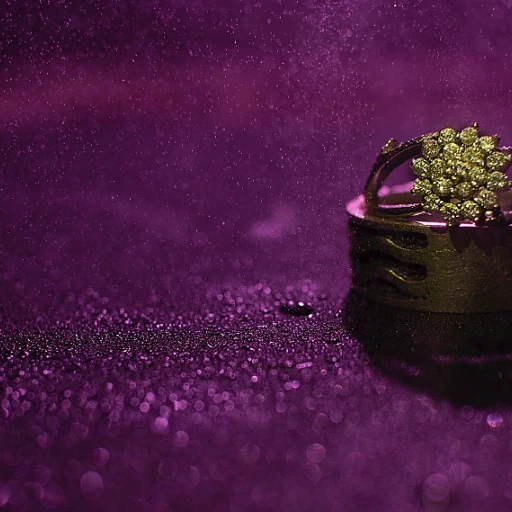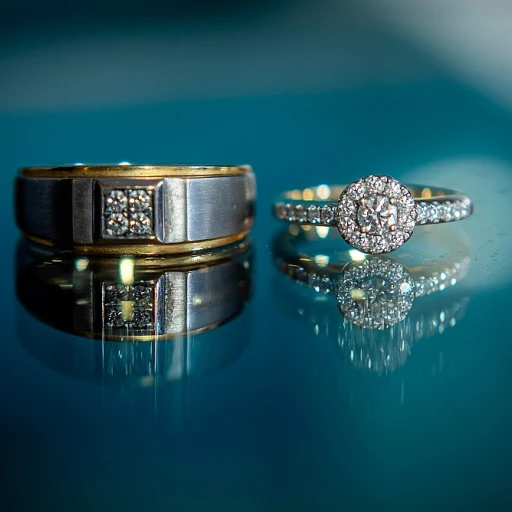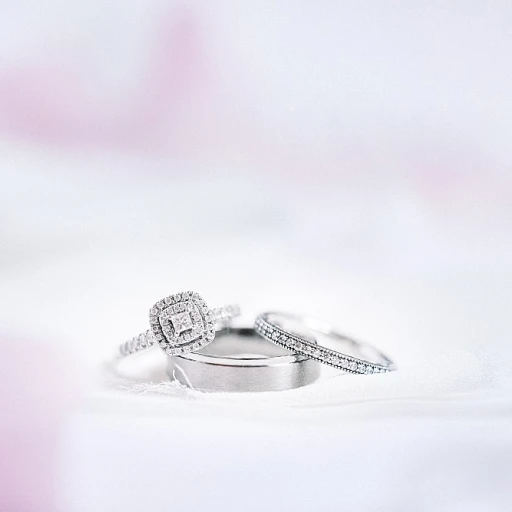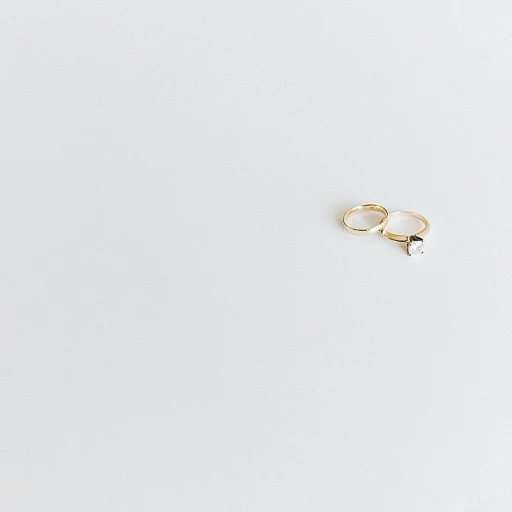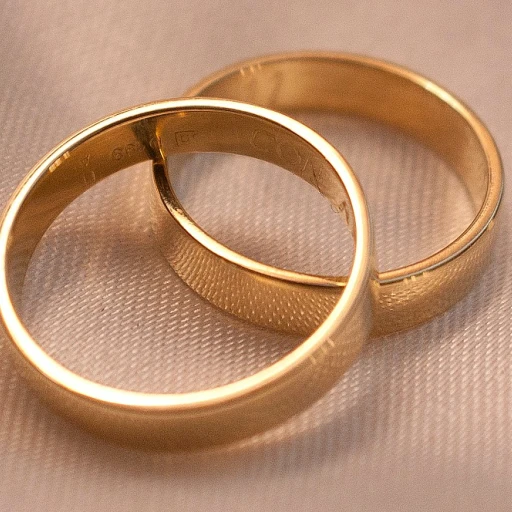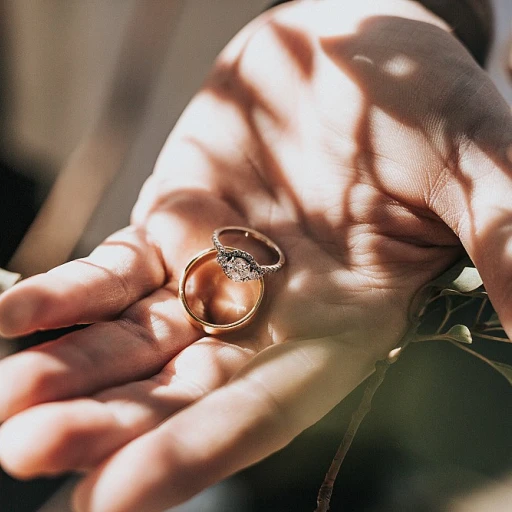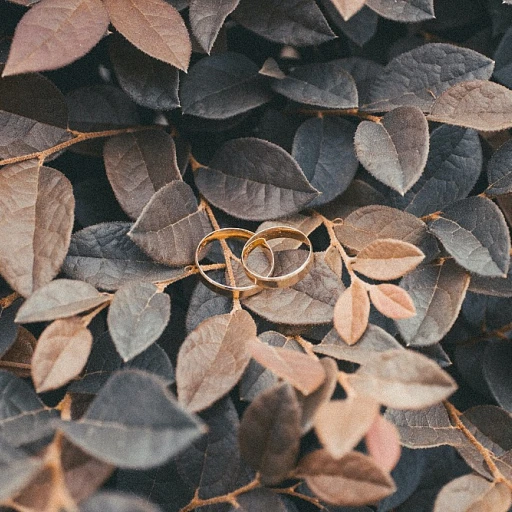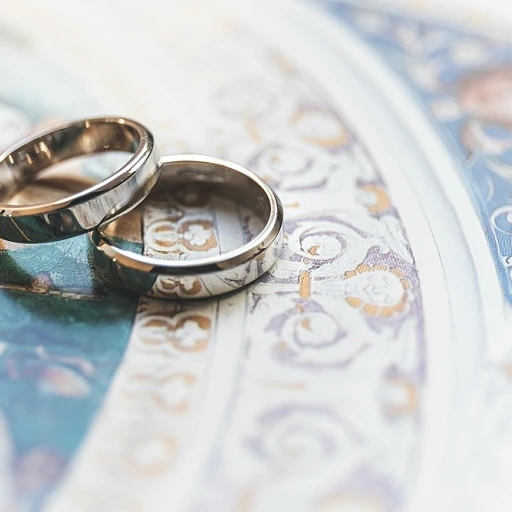
Understanding Moissanite and Sapphire
Exploring Unique Alternatives to Diamonds
The world of engagement and wedding rings is vast and diverse, offering a plethora of choices beyond traditional diamonds. One of the most alluring options includes moissanite and sapphire, both of which are renowned for their unique beauty and distinct characteristics.
The Radiance of Moissanite
Moissanite is a stunning gemstone known for its remarkable brilliance and fire. Its visual similarity to diamonds makes it a popular choice for those who want the sparkle without the diamond price tag. Lab-grown products, like moissanite, are becoming increasingly popular due to their ethical and sustainable production.
The Charm of Sapphire
Sapphire, another exquisite choice, comes in a variety of colors, with blue sapphire being the most traditional. This gemstone is celebrated for its deep, vibrant hues and historical significance, often associated with wisdom and virtue. Sapphire rings can include green or even white sapphire, offering a wide range of design possibilities.
Versatile Design Options
These stones are available in various cuts, sizes, and settings, allowing for personalized design choices. Whether you prefer the classic elegance of gold, sterling silver, or the modern allure of white gold or rose gold, these materials complement the stones beautifully. A moissanite or sapphire ring can also be part of a wedding band or a three-stone engagement ring.
Comparing Moissanite and Sapphire to Traditional Diamonds
Comparing the Vibrancy and Value
In the world of engagement rings and wedding bands, moissanite and sapphire offer compelling alternatives to traditional diamonds. They stand out due to their vibrant appearance and unique qualities. Additionally, when considering their place in the wide array of ring options, these stones provide diverse choices that cater to different aesthetics and budgets.One of the primary differences between moissanite, sapphire, and diamonds is their natural and lab grown origins. While diamonds are mined from the earth, many high-quality sapphires are also naturally sourced alongside blue sapphire variations. Moissanite, commonly available in lab grown forms, exhibits a brilliance akin to diamonds but often at a more regular price.
Brilliance and Color Spectrum
Moissanite is renowned for its dazzling brilliance, reflecting light with more sparkle than a standard diamond, making it a popular product in yellow gold or gold white settings. Similarly, sapphires, available in rich blue tones and even green sapphire options, captivate with their deep colors and historical allure.When selecting a ring, the color and vibrancy of the stone can play a significant role. Sapphires are often chosen for their royal allure, especially when paired with metals like rose gold or white gold. On the other hand, moissanites cater to those who appreciate the classic, scintillating sparkle similar to diamonds, often incorporated in three stone designs or elegant solitaire styles.
Priced for Accessibility
For those looking for a wedding band, the price product is a crucial consideration. Moissanite offers budget-friendly pricing, typically lower than traditional diamond and sapphire products, without compromising on durability. Similarly, lab grown sapphires present a cost-effective measure, providing the timeless beauty and hardiness that these stones are known for without the premium price tag of naturally mined stones.
Ultimately, the choice between moissanite, sapphire, and diamond involves considering ring size preferences, personal style, and budget. Whether opting for moissanite engagement rings or the allure of a sapphire adorned jewelry piece, the possibilities in creating a bespoke piece are endless. It's essential to shop with these factors in mind, ensuring your selection is as enduring as the love it represents.
Symbolism and Meaning Behind Moissanite and Sapphire
The Deeper Meaning of Moissanite and Sapphire
When choosing a wedding ring, many couples are drawn to the unique symbolism and meaning behind moissanite and sapphire stones. These gems offer a distinct alternative to traditional diamonds, each carrying its own story and significance.
Moissanite: A Symbol of Brilliance and Resilience
Moissanite is often celebrated for its brilliance and fire, qualities that make it a popular choice for engagement rings. This lab-grown stone symbolizes resilience and strength, reflecting the enduring nature of love. Its dazzling sparkle is not only captivating but also represents the bright future that lies ahead for couples. With its competitive price product, moissanite is an attractive option for those seeking beauty without compromise.
Sapphire: A Gem of Wisdom and Loyalty
Sapphire, particularly the blue sapphire, has long been associated with wisdom, virtue, and good fortune. Its deep blue hue is reminiscent of the sky and the sea, symbolizing depth and stability. Sapphires are often chosen for their timeless elegance and are believed to bring peace and serenity to relationships. Whether set in yellow gold, white gold, or rose gold, a sapphire ring is a testament to loyalty and trust.
Choosing the Right Stone for Your Story
When selecting a moissanite or sapphire ring, consider what each stone represents to you and your partner. Whether you are drawn to the brilliance of moissanite or the rich history of sapphire, these stones offer a meaningful way to express your unique love story. Explore different cuts and settings, such as a three stone design or a classic solitaire, to find the perfect match for your style and sentiment.
For more inspiration on unique ring choices, you might want to explore marquise wedding rings as well.
Designing Your Perfect Moissanite and Sapphire Ring
Crafting a Unique Moissanite and Sapphire Design
When designing your moissanite and sapphire ring, consider the individual style aesthetics you wish to express. The choice of metal is crucial—whether it's white gold, yellow gold, or the warm blush of rose gold, each offers a distinct aura, complementing the vibrant hues of your chosen stones.Metal Options for Setting
- White Gold: Its sleek appearance perfectly contrasts the brilliance of a blue sapphire or the fiery sparkle of moissanite. White gold is a popular choice for those desiring a classic, timeless appeal.
- Yellow Gold: This traditional option enhances the warm characteristics of both moissanite and sapphire, providing a vintage charm to your wedding band.
- Rose Gold: Offering a romantic and contemporary feel, rose gold beautifully complements both the fiery sparkle of moissanite and the cool tones of sapphire, ideal for an engagement ring or wedding band.
Exploring the Cut and Size
Selecting the right cut for your gems can dramatically impact the look of your ring. Popular cuts for both moissanite and sapphire include round, oval, and princess cuts, each offering a unique play of light and character.- Three Stone Setting: Featuring a central stone flanked by two smaller stones, this design is symbolic of the past, present, and future of your relationship.
- Stone Size: Consider the carat weight of your chosen stones. Larger stones are undoubtedly eye-catching but ensure the ring size is well balanced with the stone for comfort and wearability.
Maximizing the Bridal Set Aesthetic
A moissanite and sapphire engagement ring can be beautifully paired with a coordinating wedding band to form a harmonious bridal set. Whether opting for lab grown moissanite or a green or blue sapphire ring, a cohesive design across both rings ensures a unified and elegant look. For a broader exploration of wedding ring designs, consider browsing detailed guides on elegant and charming wedding bands, which can offer additional insights and inspiration for your perfect ring design.Caring for Your Moissanite and Sapphire Ring
Maintaining the Brilliance of Your Ring
Ensuring your moissanite and sapphire rings retain their brilliance involves regular care and attention. These stones, while durable, require specific maintenance to keep them looking their best. Whether your ring is set in white gold, yellow gold, or sterling silver, the metal choice can influence the cleaning method.
Cleaning Tips for Moissanite and Sapphire
- Regular Cleaning: Use a mild soap and warm water solution to gently clean your ring. A soft toothbrush can help remove dirt from the intricate settings of your stone ring.
- Avoid Harsh Chemicals: Chemicals found in household cleaners can damage both the stones and the metal. Stick to gentle, jewelry-specific cleaning products.
- Professional Cleaning: Consider taking your ring to a professional jeweler for a thorough cleaning once a year. This is especially important for engagement rings that are worn daily.
Protecting Your Investment
While moissanite and sapphire are known for their durability, it's wise to protect your investment. Avoid wearing your ring during activities that could expose it to harsh conditions or potential damage. This includes heavy lifting, gardening, or swimming in chlorinated pools.
Storage Solutions
Proper storage is crucial to prevent scratches and maintain the integrity of your jewelry. Store your rings in a soft-lined jewelry box or a separate compartment to avoid contact with other pieces. This is particularly important for three stone rings or those with intricate designs.
Regular Inspections
Regularly inspect your ring for any signs of wear or loose settings. If you notice any issues, consult a jeweler to prevent further damage. This is especially important for lab grown stones, as their settings might differ slightly from natural stones.
By following these care tips, your moissanite and sapphire rings will continue to shine brightly, symbolizing your enduring commitment and love.
Ethical and Sustainable Choices in Wedding Rings
Embracing Eco-Friendly Choices in Wedding Rings
Choosing Moissanite and Sapphire for your wedding rings not only means opting for beauty but also embracing ethical and sustainable choices. These stones are lab grown, meaning they don't contribute to unethical mining practices. By selecting moissanite or sapphire over traditional diamond options, you're taking a step towards environmentally conscious jewelry.- Environmentally Responsible: Lab grown stones, like moissanite and sapphire, require significantly less environmental disruption compared to traditional mining. This makes them a sustainable option for environmentally conscious couples.
- Conflict-Free Options: Moissanite and lab grown sapphires assure that your engagement rings and wedding bands are free from the ethical concerns often associated with mined diamonds. This peace of mind can be a valuable part of your engagement process.
- Variety of Settings: Moissanite and sapphire stones can be crafted into beautiful settings. Whether you prefer sterling silver, yellow gold, white gold, or rose gold, these stones can be paired with a range of metals to suit your style.
Supporting Responsible Practices
Selecting a moissanite or sapphire ring is a choice in support of businesses that prioritize ethical practices. When shopping for your engagement ring or wedding band, it's important to consider the methods by which the stones are sourced and crafted.- Transparent Sourcing: Reputable jewelers provide transparency regarding the sourcing and creation of their products. This includes clear information about ring size, stone cut, and stone ring quality.
- Quality Craftsmanship: By choosing high-quality grown stones, such as those seen in moissanite engagement rings or cushion cut sapphire rings, you ensure long-term durability while appreciating a fair and regular price.

